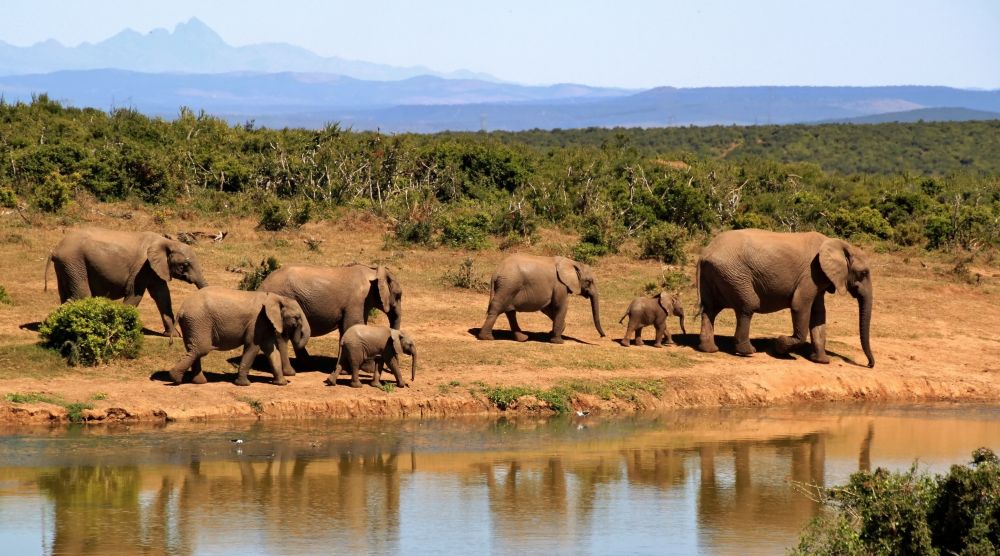Continued Decline in Fruit Availability Threatens Megafauna of Central African Forests
The innate behavior and life cycles of the megafauna are incredibly essential for the proper functioning of the planet. Unfortunately, many big animals now face extinction due to their value in the illegal wildlife trade, susceptibility to habitat degradation, and because they often come into conflict with humans. Likewise, the continued decline in fruit availability threatens the megafauna of Central African forests.
Large herbivore mammals in African tropical forests are major consumers of fruit, and many tree species rely on these consumers for seed dispersal. Regrettably, a study published last year shows an 80 percent decline across the 73 plant species over three decades in a protected national park in Gabon.

The continued decline in fruit availability threatens the megafauna of Central African forests | Image: Commons
At the same time, photographic records of forest elephants over the past decade point toward a significant drop in body condition in these major herbivores. These evaluations indicate that the ability of the ecosystem to support the elephant population is declining, a disturbing outlook in an environment that is still protected from other threats such as hunting and deforestation.
The African tropics house many of the remaining megafauna or large animals like gorillas, elephants, and hippopotami, but they are now losing terrain. African forest elephants, for instance, have a population just 10 percent of their potential size, occupying 25 percent of their potential range. As these large animals have a significant impact on the life cycle of the earth, it has become crucial to monitor and restore the health of their remaining populations and provide them safe habitats.
The study also analyzed the population trends in Lopé National Park, a 5000 square kilometer protected area in the heart of Gabon. Researchers at the site have witnessed some of the highest densities of forest elephants ever documented. The park has a rich diversity of wildlife, including forest elephants, chimpanzees, gorillas, and mandrills. Many of these species rely on wild forest fruits for food.
Valuable data about tree behavior between 1986 and 2018 was evaluated only to discover a massive collapse in fruiting events. This has resulted in a fruit famine and an 11 percent decline in the physical condition of the elephants in the study area since 2008. On average, elephants and other animals would have found ripe fruits on one in every 10 trees in the 1980s, but need to search more than 50 trees today.
The basic implications of the study are that even where wild elephants and other megafauna are relatively well protected from external threats such as hunting, global human pressures like the climate crisis could affect their survival. A continued decline in fruit availability also means that forests are undergoing significant change, with some tree species possibly reproducing slower than required to support a healthy population.
This trend might be happening across the rest of the world, especially the tropical regions. And the long-term and large-scale decline in food availability for megafauna could pose huge existential threats to various species.


